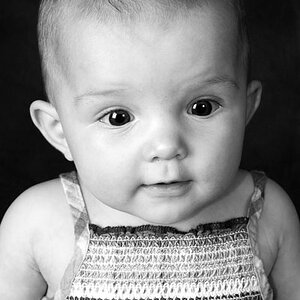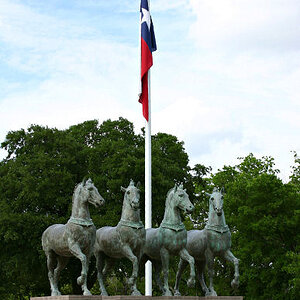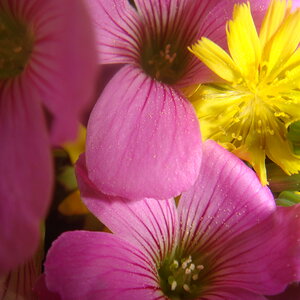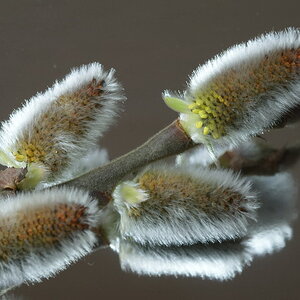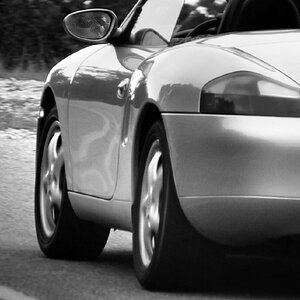- Joined
- Dec 16, 2003
- Messages
- 33,896
- Reaction score
- 1,853
- Location
- Edmonton
- Website
- www.mikehodson.ca
- Can others edit my Photos
- Photos NOT OK to edit
The F-stop or F number is a ratio between the focal length and the diameter of the aperture opening. F4 is actually 1/4 which means that the aperture's diameter is one quarter of the focal length.So basically Fstop is Aperture? And Aperture is the amount of light let into a lens when taking a picture?
'Aperture' is not the amount of light coming into the lens...but a larger aperture lets is more light. Smaller F numbers represent larger apertures.
That might be a simplistic way of looking at it...but for the most part, yes. The higher (smaller) the aperture...the more DOF you have, so more things may be in focus. However, as people are pointing out...each lens seems to have a 'sweet spot' which is sharpest. I have always heard and found that most lenses are best from...one or two stops from wide open...to F8 or F11.So basically higher Aperture settings make for a sharper, more clear image?



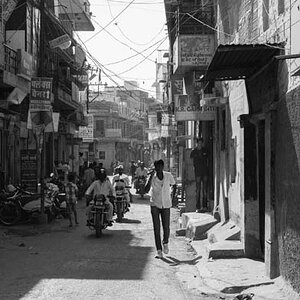
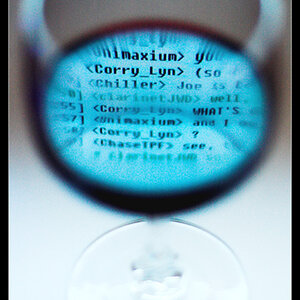
![[No title]](/data/xfmg/thumbnail/37/37602-1ef8dbb1c2d0e4ff347ee65d328c3603.jpg?1619738147)
![[No title]](/data/xfmg/thumbnail/37/37537-25afab1a7980214af6067df3c997c353.jpg?1619738132)
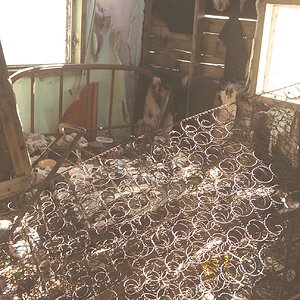
![[No title]](/data/xfmg/thumbnail/37/37533-7e5a25ced65c369c377ecf341b05e1d0.jpg?1619738132)
